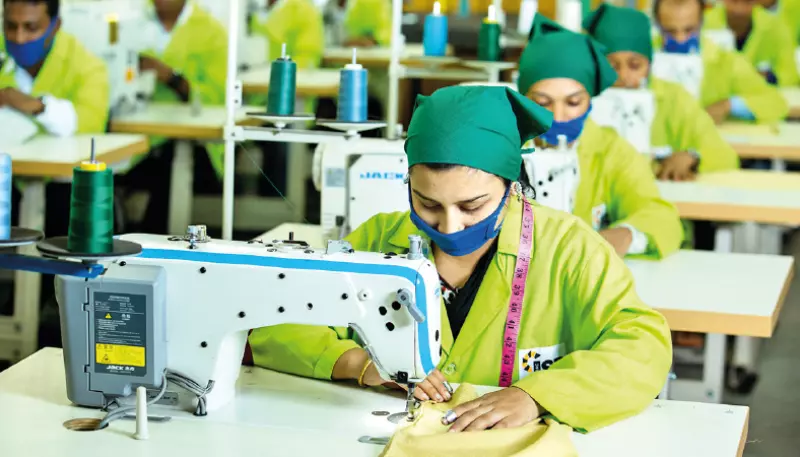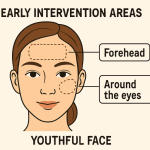Modern work environments demand much more from workwear than ever before. Today’s professionals not only require attire that guarantees safety and durability but also expect clothing to enhance their comfort, performance, and adaptability. In this era where worker diversity and rapidly changing work conditions are common, functionality must meet innovation to support individuals across a range of industries. Businesses are increasingly turning to embroidered work shirts and high-performance workwear solutions to address these evolving needs, combining form and function in practical ways.
Whether it’s on construction sites, in hospitals, or across manufacturing floors, practical and thoughtfully engineered workwear can dramatically improve daily efficiency. Smart textiles, ergonomic features, and climate-responsive fabrics are setting new industry standards, ensuring employees perform at their best while staying protected and comfortable. At the same time, advances in technology and an increased emphasis on inclusivity are empowering more workers to find apparel that fits their specific needs—saving businesses time and money and boosting morale on the job.
Smart Textiles: Enhancing Safety and Performance
The integration of technology into workwear fabrics is rapidly transforming the landscape of workplace safety and productivity. Smart textiles utilize embedded sensors and temperature-responsive materials, enabling clothing to respond to both the wearer’s body and the surrounding environment. For example, biometric sensors sewn into garments can monitor heart rate, body temperature, and stress levels, issuing real-time alerts when workers show signs of fatigue or overheating—a key advancement in accident prevention.
Additionally, temperature-regulating textiles provide targeted climate control, keeping workers warm in freezing temperatures and cool during summer heat. Garments with these technologies not only boost safety but also contribute to higher focus and fewer sick days, as workers are less affected by extreme environmental conditions. Technologies like these are backed by leading safety and industry groups, further showing their effectiveness.
Ergonomic Designs for Maximum Comfort
Comfort and freedom of movement can be make-or-break factors for workers with physically demanding jobs. Modern ergonomic workwear features tailored elements, including articulated knees, stretch gussets, and adjustable waistbands. These design innovations follow the natural movement of the human body, reducing physical stress and the risk of musculoskeletal injuries. For roles ranging from warehouse jobs to medical professions, such ergonomic enhancements support extended periods of activity and physically demanding tasks.
Many manufacturers now consult with occupational health professionals to refine the fit of their garments, ensuring that employees can work efficiently and comfortably while maintaining the coverage and safety standards required for their roles.
Climate-Adaptive Fabrics for All-Weather Conditions
Changing weather conditions pose significant challenges for workers, particularly those whose jobs involve both indoor and outdoor tasks. Workwear equipped with climate-adaptive technology is meeting these demands with water-resistant, quick-drying, and breathable fabrics engineered to perform effectively in rain, snow, or high temperatures. These adapted textiles wick moisture, repel stains, and provide UV protection, which is essential for outdoor work in industries such as construction, landscaping, or transportation.
With the added capability of adapting to fluctuating weather conditions, employees remain productive and focused, regardless of the environment, thereby lowering the risk of weather-related health problems and increasing overall job satisfaction.
Inclusive Workwear for a Diverse Workforce
The rise in workforce diversity means apparel makers must design products for employees of all shapes, sizes, and backgrounds. Today’s workwear brands lead the way in inclusivity by offering extended sizing, adjustable fits, and targeted cuts for individuals often overlooked by traditional workwear lines. This shift does more than promote a sense of belonging—it enhances worker productivity. It encourages loyalty, since every worker has access to clothing that works for them, not against them. Inclusive workwear also signals a company’s commitment to equity and accessibility across its operations.
Technological Advancements in Workwear Manufacturing
Innovation goes beyond the apparel itself, transforming the way workwear is produced. Automated production lines, 3D pattern scanning, and intelligent inventory systems streamline operations and minimize errors. These improvements make it easier for both large corporations and smaller businesses to access high-quality, customized workwear quickly and cost-effectively. Such technological advancements lead to improved consistency, reduced waste, and the ability to rapidly respond to new demands or industry requirements.
Future Trends in Workwear
A constant drive for innovation continues to propel the workwear sector into the future. Developments like re-moldable textiles give wearers the ability to personalize fit and support, while the incorporation of exoskeleton technology promises to minimize fatigue and injury in physically demanding jobs. AI-powered uniforms and next-generation wearable sensors are on the horizon, offering deeper data-driven insights to maximize both protection and productivity. As customization and personal safety features continue to expand, the future of workwear represents a blend of personal adaptation and powerful technological integration.
Conclusion
Advances in workwear—ranging from smart fabrics to ergonomic designs and inclusive sizing—are reshaping expectations for modern employee apparel. Not only are these solutions crucial to worker comfort and safety, but they also play a vital role in enhancing productivity, satisfaction, and company culture. With ongoing innovation in both product design and manufacturing, businesses and employees alike can look forward to smarter, safer, and more adaptive workwear for years to come.






